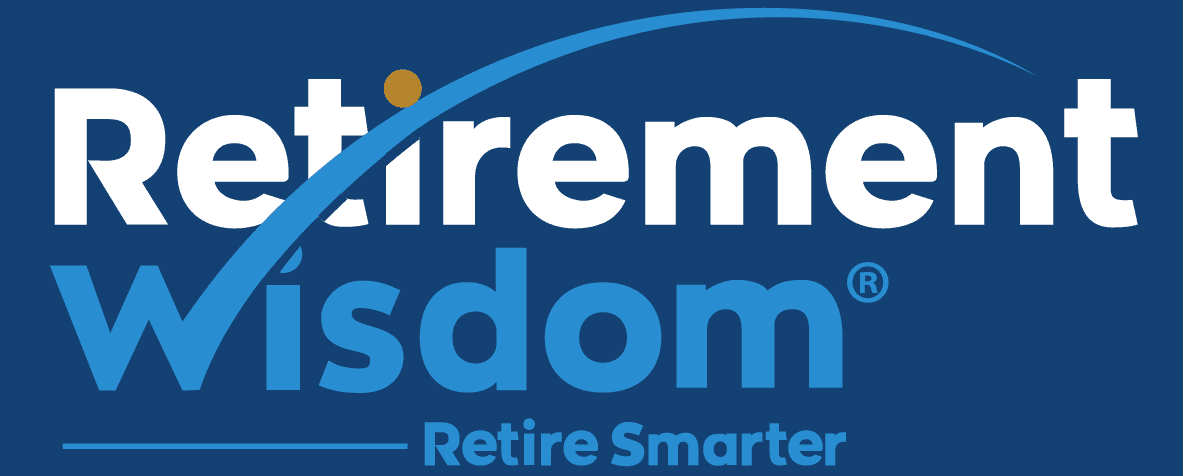By Bev Bachel
“Time is free, but it’s priceless. You can’t own it, but you can use it. You can’t keep it, but you can spend it. Once you’ve lost it, you can never get it back.”
I’ve been aware of this quote from best-selling author and successful business owner Harvey Mackey my entire adult life. And while I didn’t give the passage of time much thought in my 20s and 30s, I certainly do now that I’m in my mid-60s.
In fact, I’m keenly aware that if I die at the age 70, the age of both of my parents when they died, I have less than five years left. That thought sometimes depresses me. But more often, it motivates me to get serious about making the most of my life.
That means making better use of my time, so I reached out to Laura Vanderkam, a “time makeover” guru and author of Tranquility by Tuesday: 9 Ways to Calm the Chaos and Make Time for What Matters.
Here’s the process she recommends for doing your own time-makeover so that you can focus in on the goals most important to you:
- Log your time. “The first step to using your time more wisely is knowing how you’re currently using it,” says Vanderkam. You can start by tracking your time in 15-minute increments using a paper timesheet or this one on Vanderkam’s website. There are also plenty of online time-tracking options.
- Do the math. After tracking your time for a week or two, add up how you’re spending it. Are you focused on your priorities or are you spending hours on end mindlessly scrolling through Twitter or playing computer games?
- Get real. Think about every hour of your week as a choice and ask yourself whether the choices you’re making are truly in line with your priorities.
- Dream big. In addition to thinking about your goals, ask yourself how you’d actually like to be spending your time. What would you like to be doing more of? Less of? Not at all?
- Establish timelines. Assign each of your goals a timeline and a deadline by when you’ll be able to say, “I did it” (e.g., I will do it as soon as I wake up… by 4 p.m…. before the grandkids come for the weekend).
- Break down the steps.Brainstorm the steps you’ll need to take and put them in a logical order.
- Plan to plan. “Look at your calendar and block the specific steps you need to take to achieve your goals,” says Vanderkam. This is also a good time to think about what you’re going to do less of…less time spent on computer games, less time vegging out in front of the TV, less time complaining that you don’t have enough time.
- Hold yourself accountable. For instance, if you share my goal of reading at least a book a week, you may want to keep a running list of the books you’ve read, including when you read them.
“Spend more time on the things that matter and less on the things that don’t, and you’ll find yourself ever-closer to enjoying the retirement of your dreams,” says Vanderkam.
Bev Bachel is a freelance writer and the author of What Do You Really Want? How to Set a Goal and Go for It!
Podcast Episodes You May Like
How to Live a Values Based Life – Harry Kraemer
